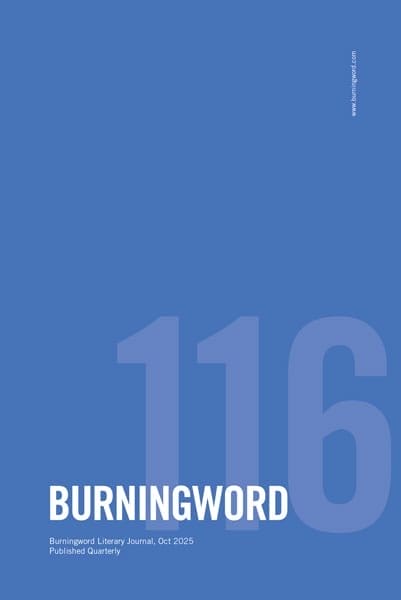Back in the day when we wrote letters to each other (with a pen or a typewriter or, in that odd transition time, writing on a computer, printing out the letter, and sending it through the mail), I remember more than one correspondent signing off with “in haste” above his signature. Virginia Woolf, reviewing some newly-found letters of Horace Walpole (1717-1797), whose correspondence would eventually fill 48 volumes in the Yale edition, says that he often used some variation of “in a violent hurry” at the beginning or end of his letters. A whole bookful of Patrick Leigh Fermor’s letters exchanged with the Duchess of Devonshire was titled by its editor In Tearing Haste, because of the ubiquity of that phrase in Leigh Fermor’s letters—though from their length and the care with which he composed them, you would not have thought him in a hurry.
No one writing an email or a text these days bothers to put down that she is in a hurry. When messages fly from writer to receiver at the speed of light (“twelve million miles a minute and that’s the fastest speed there is” according to Eric Idle and Clint Black), saying she’s in a hurry is superfluous. The medium is the message about speed here. Yet she still underlines her haste by skipping capitalization and punctuation, while abbreviating to the point of indecipherability. but u no im just :) 2 hear from her
Michael Cohen has been publishing personal essays (The Kenyon Review, The Missouri Review and elsewhere) since his retirement from teaching. He lives on the Blood River in Kentucky and in the Tucson Mountains. His latest book is A Place to Read (IP Press, 2014).


